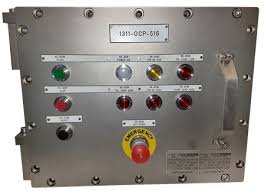Engineering & Equipment Design for Hazardous Locations
Expert hardware engineering solutions for explosive atmospheres. From intrinsic safety circuit design to custom flameproof enclosures, we help hardware teams develop compliant, reliable products for global hazardous location markets.
